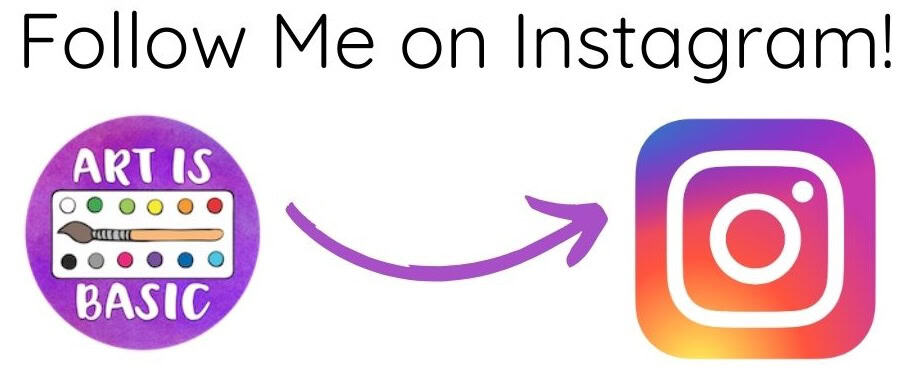
 |
| A bag with orange and blue materials. |
Preparation: Gather colorful materials and place them in ziploc bags according to complementary pairs. I include: paper scraps, colorful tape, foam letters and pieces, stickers, colored cellophane, pompons, crepe paper, paint chip samples and stamps. I have these fun marker stampers: Crayola 10 Count Expressions Washable Mini-Stampers which I put out for the children to use. This is a great time to use up those bits and bobs and random scraps.
After the introduction, I place the bags of complementary color “stuff” at different tables. Then I say, “All the students who want to use orange and blue in their collage, sit at this table.” and so forth. Usually the class is pretty evenly distributed. Then, they use the materials however they would like to make a complementary color collage.
I like this project because it allows the kids to explore the materials in their own self-directed way. Each of them comes up with such unique ways to put the materials together.
At the end of the class, whatever is left over gets put back in the bags and I save them for next year (and replenish them as needed.)
 |
| in progress collage. |
 |
| Kids open up the bags, share what’s inside and talk about the materials with their neighbors. |
 |
| This imaginative boy turned his collage into a sculpture! |
 |
| This boy enjoyed drawing lots of fun pictures with his markers. |
Discover more from Art is Basic | Elementary Art Ideas
Subscribe to get the latest posts sent to your email.

































Such a simple, easy idea – and so effective! Thanks again 🙂
I just ordered “The Weekly Doodle” e-book for my son. I plan to use it on days where he has free time, but we don't have an “official” art lesson planned. I can't wait to use the germ one…we are beginning the study of the Human Body in science this year!
Maybe by the end of next summer you'll have developed WD2!! Or the ever ambitious DAILYDoodle Calendar!!! WOW! That would be SO FUN!
Thanks for all the helpful resources you provide on your blog. Keep up the good work!
-Rhonda H
You're welcome! Thanks Rhonda, I appreciate it. I am thinking about making another edition of the Weekly Doodle. Honestly, the hardest part was the header! I spent so much time playing around with the heading and I couldn't get something I liked. That and the layout. I decided to go back to good old Microsoft Word and that was the easiest. You should check out these fabric microorganisms we made one year for an art show: http://vividlayers.blogspot.com/search?q=microorganism They were AWESOME!!
Yes, they ARE! I'm headed to the library to find some books on cells, germs/microorganisms that have great color pictures. I see taking this lesson even further than the doodle. Thanks for the link.
Rhonda
I love the stuff in a bag idea! I have done lessons where I put only certain colors paint at a table (such as the warm color table or cool color table). And also with construction paper paper or paint with a different complementary pair at each table, and amazingly, like you said, the kids seem to divide themselves out quite nicely!
Pingback: 25 Awesome Art Books for Kids -